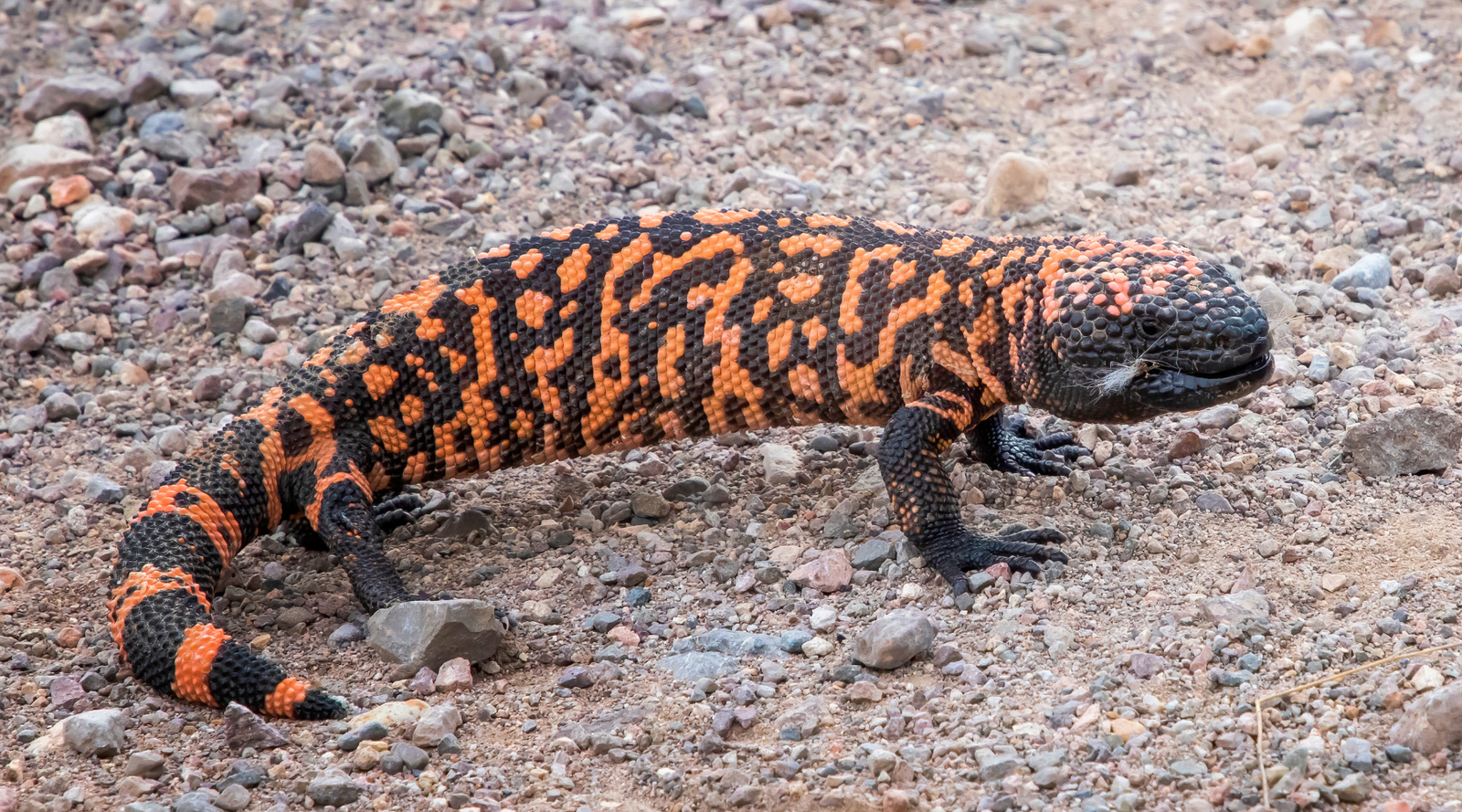10 Hummingbird Fun Facts
Hummingbirds are among the most fascinating creatures on our planet. There are over 300 species of hummingbirds, each with their own unique characteristics and traits. In this blog post, we'll explore some of the most interesting hummingbird fun facts that will surely amaze you.

1. Hummingbirds Have Incredible Speed
Hummingbirds are incredibly fast at flying. They regularly reach flying speeds of 20 – 30 miles per hour, whilst some species can reach speeds of up to 60 miles per hour. The fastest hummingbird can fly faster than a fighter pilot!
2. They’re The Smallest Bird in the World
Hummingbirds are very small in size and the Bee Hummingbird, native to Cuba, is the smallest bird in the world. Sometimes mistaken for bees, Bee Hummingbirds measure just 2.25 inches long and weigh less than 2 grams.
3. They Have Unique Flying Abilities
Hummingbirds have unique flying abilities that set them apart from other birds. They can fly backwards, sideways, and even upside-down. Their ability to hover in one spot allows them to reach flowers and bird feeders to obtain nectar.
Learn how to help hummingbirds and other pollinators with our ultimate guide.
4. Hummingbirds Can’t Walk
Whilst they’re extremely agile in the air, did you know that hummingbirds can’t walk on ground? Their small, light feet are well suited to aid fast flying, but don’t allow these birds to walk or hop. However, they’re able to perch and ‘scoot’ sideways.
5. Why They’re Named Hummingbirds
The humming sound their wings make gives them their name. Some hummingbirds can beat their wings more than 50 times per second, including the Ruby-throated Hummingbird, with the Bee Hummingbird reaching 80 beats per second. Courtship displays can increase the beats per second they're able to sustain.
6. They’re Wonderfully Colorful
Hummingbirds are known for their colorful feathers, which shimmer and shine in the sunlight. The colors don’t come from color pigments, but rather from the way light reflects off their iridescent feathers. Different species have different colors, including green, blue, red, pink, and purple.
7. They Have a Very High Metabolism
Hummingbirds have very high metabolisms, in fact, according to a 2005 study, they have one of the highest metabolisms relative to their size of any animal on the planet. They must eat frequently to maintain their energy levels and to be able to sustain their fast flying speeds.

8. A Torpor State Aids Energy Conservation
To conserve energy during the night and before migration, hummingbirds go into a deep sleep state called torpor. When in torpor, their heartbeat, breathing, and metabolism slow right down, and their body temperature lowers. Their metabolism during torpor can drop by as much as 95 percent. Raccoons are another creature that goes into torpor, using it as a method to conserve energy in cold weather.
9. They Travel Many Miles for Migration
Similarly to migratory monarch butterflies, most hummingbird species migrate each year, traveling thousands of miles from their breeding grounds to their wintering grounds. The Rufous Hummingbird, for example, migrates from Alaska to Mexico and back each year, covering around 3,000 miles.
10. Hummingbirds Can Be Aggressive
Their small size and beautiful jewel-coloring can make them appear docile, but in fact hummingbirds can be aggressive. The need to protect their food sources is usually the cause of this aggression – protecting nectar feeders and flowers containing nectar from other birds, including other hummingbirds. With the large amount of energy they expend, it’s not hard to understand their territorial nature.
In conclusion, hummingbirds are amazing creatures that possess unique characteristics that set them apart from other birds. From their incredible speed and agility to their beautiful, iridescent feathers, hummingbirds are a true wonder of nature. So next time you see one of these tiny birds flitting around your garden, take a moment to appreciate their incredible beauty and skill. Find out how to attract more hummingbirds to your garden in our post How to Create a Hummingbird Garden. Shop hummingbird and other pollinator designs in our Pollinator Collection.


















Leave a comment (all fields required)